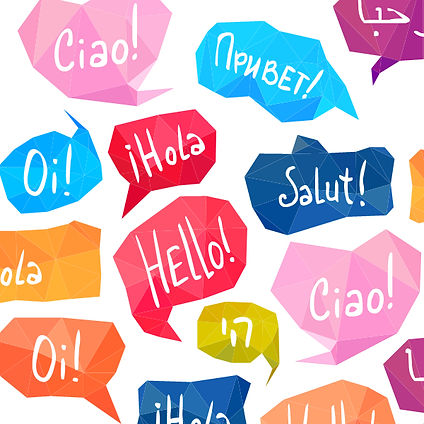Comprehensive Evaluations and Speech and Language Therapy
Our therapy and intervention programs are designed to enhance communication skills and promote overall language development. We offer evidence-based strategies and techniques to help individuals improve their speech, language, and social communication abilities.
Our Areas of Expertise
We specialize in a wide range of speech and language services to support individuals with various communication challenges. Our expertise includes language delay, articulation, apraxia, phonological disorders, receptive and expressive language, social language skills, autism, central auditory processing, voice disorders, cleft palate, and fluency.
Speech Disorders
-
Articulation
-
Fluency
-
Voice
-
Tone
-
Cleft Pallette
Language Disorders
-
Delays in acquisition or use of language
-
Receptive language
-
Expressive Language
-
Social Language Skills
-
Central Auditory
-
Voice Disorders
-
Cleft Palate
-
Flunecy

Communication Evaluation
Our comprehensive evaluation and assessment process ensures a thorough understanding of each individual's unique communication needs. We tailor our services to provide personalized intervention plans that address specific speech and language goals.
Does my child need a speech and language evaluation???


Augmentative Device Training
Focus on communication:
The primary goal is to empower individuals to effectively communicate their needs, thoughts, and feelings using the device, not just learning how to operate the technology itself.
Variety of devices:
AAC devices can range from low-tech options like picture boards or communication books to high-tech systems like tablet-based apps with voice output.
Individualized approach:
Training is tailored to the specific needs and abilities of the user, considering their cognitive skills, physical limitations, and communication goals.
Skills development:
Training includes learning how to navigate the device interface, select symbols or words, construct sentences, and use appropriate communication strategies in different situations.
Who might need augmentative device training?
-
Individuals with severe speech disorders due to conditions like cerebral palsy, stroke, autism spectrum disorder, or developmental delays.
-
People with cognitive impairments that affect their ability to speak clearly
What does augmentative device training involve?
-
Device familiarization:
Learning the layout, functions, and features of the AAC device.
-
Symbol/vocabulary selection:
Choosing the appropriate symbols or words to represent their thoughts and needs.
-
Communication skill development:
Practicing how to use the device in different scenarios, including requesting items, expressing feelings, and engaging in conversation.
-
Modeling and prompting:
Therapists or caregivers demonstrate how to use the device and provide prompts as needed.
Bilingual Services
We provide speech and language therapy for children who speak multiple languages including: English and Spanish. Bilingual speech therapy ensures that a child who speaks two languages is able to focus on improving true communication deficits and not spend time trying to correct language patterns that are common for all bilingual children.
A bilingual evaluation can
determine whether a bilingual child’s communication difficulties are true difficulties or differences related to their second language. With a proper diagnosis in place, bilingual speech therapy can rapidly move a child through their goals while taking into account differences in Language and Grammatical structures which vary across regions.





